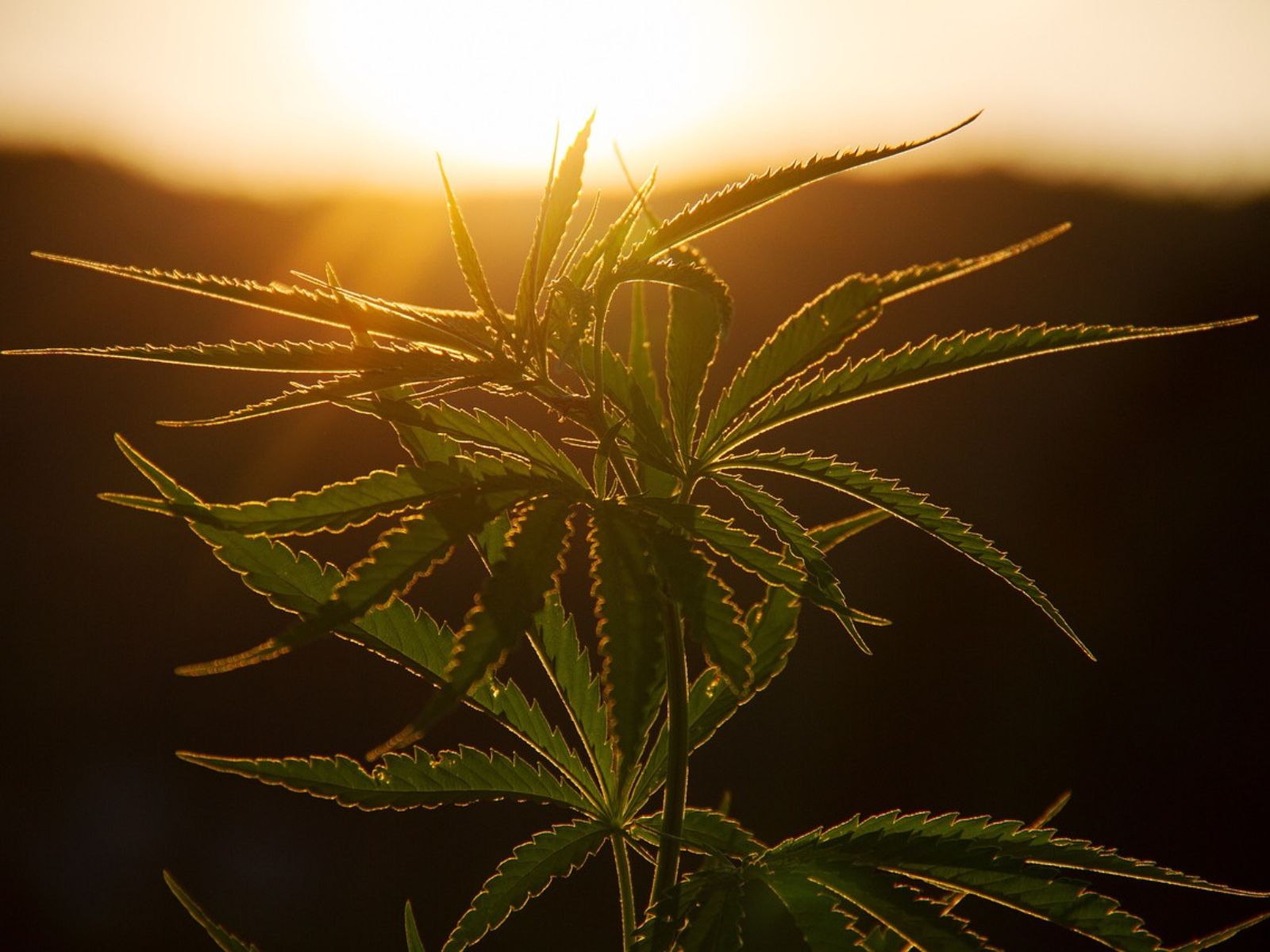Few nations are as well-known for their cannabis as the North African country of Morocco. Morocco’s cannabis products, particularly Moroccan hash, are very popular among consumers, especially in Europe.
For decades Morocco’s unregulated cannabis farmers have supplied the European continent’s cannabis consumers, with Spain being a top destination for Moroccan cannabis harvests. However, in recent years Morocco’s government has worked to provide its domestic cannabis producers with a path to enter the legal industry.
According to initial reporting by Morocco World News, “Morocco’s National Agency for Regulating Activities Related to Cannabis (ANRAC) has issued 2,905 authorizations for legal cannabis production as of April 23.”
The authorizations are up considerably from last year when Morocco’s National Agency for Regulating Activities Related to Cannabis had issued 609 authorizations that involved a total area of 2,551 hectares.
According to the Morocco’s regulatory agency, the number of authorized licenses include:
- 2,737 permits granted to 2,637 farmers in the regions of Taounate, Chefchaouen, and Al Hoceima
- 168 authorizations granted to 61 operators in the pharmaceutical field
- 48 authorizations for industrial and export purposes
- 42 different cannabis products were made from legal harvests in 2023
Morocco’s first legal cannabis harvest occurred last year and yielded roughly 294 metric tons. The harvest was from a coalition of 32 cooperatives involving 430 farmers in the northern Rif mountain areas. The United Nations estimates that roughly 47,000 hectares of the Rif region are dedicated to cannabis production.
According to an analysis by New Frontier Data, cannabis consumers around the globe “spent an estimated $415 billion on high-THC cannabis in 2020” and that figure is expected to increase to to $496 billion by 2025.
Additionally, Fortune Business Insights has projected that, “the global cannabis market size is projected to grow from $57.18 billion in 2023 to $444.34 billion by 2030, at a CAGR of 34.03% during the forecast period.”

